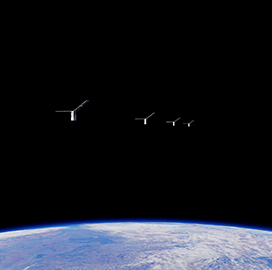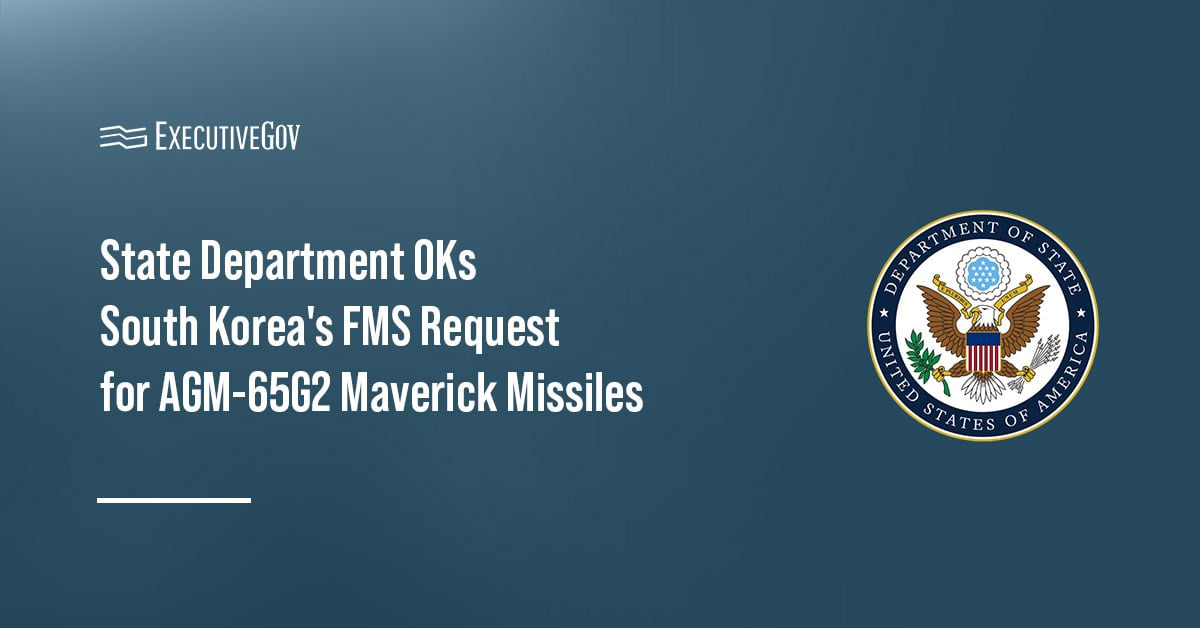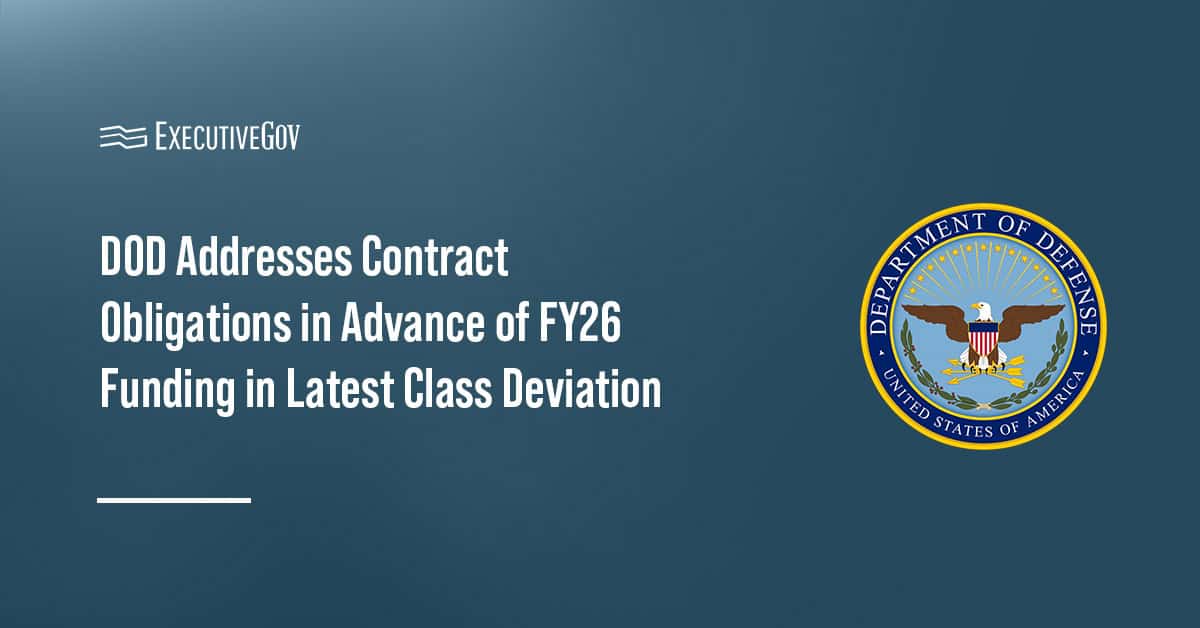NASA recently used its Starling CubeSats to demonstrate a key component of the Starling Formation-Flying Optical Experiment, which is focused on developing a capability that would enable each member of a spacecraft swarm to achieve awareness of its location and the location of the other spacecraft within the group.
During the recent demo, a piece of StarFOX software was able to process imagery captured by Starling CubeSat sensors to distinguish members of the swarm from other spacecraft and the starfield in the background, and to estimate with accuracy the orbits of the other swarm members, NASA said Wednesday.
The processing was carried out on Earth, with the captured images being transmitted to the ground. A subsequent test will have to be carried out in orbit and achieve similar results.
The Starling mission comprises four CubeSats that were launched aboard Rocket Lab‘s Electron vehicle in July. The spacecraft completed commissioning in December and subsequently moved into swarm experiment configuration. The mission’s overarching goal is to test various technologies, including the Stanford University-led StarFOX, that would make it possible for spacecraft to work cooperatively in swarms.





